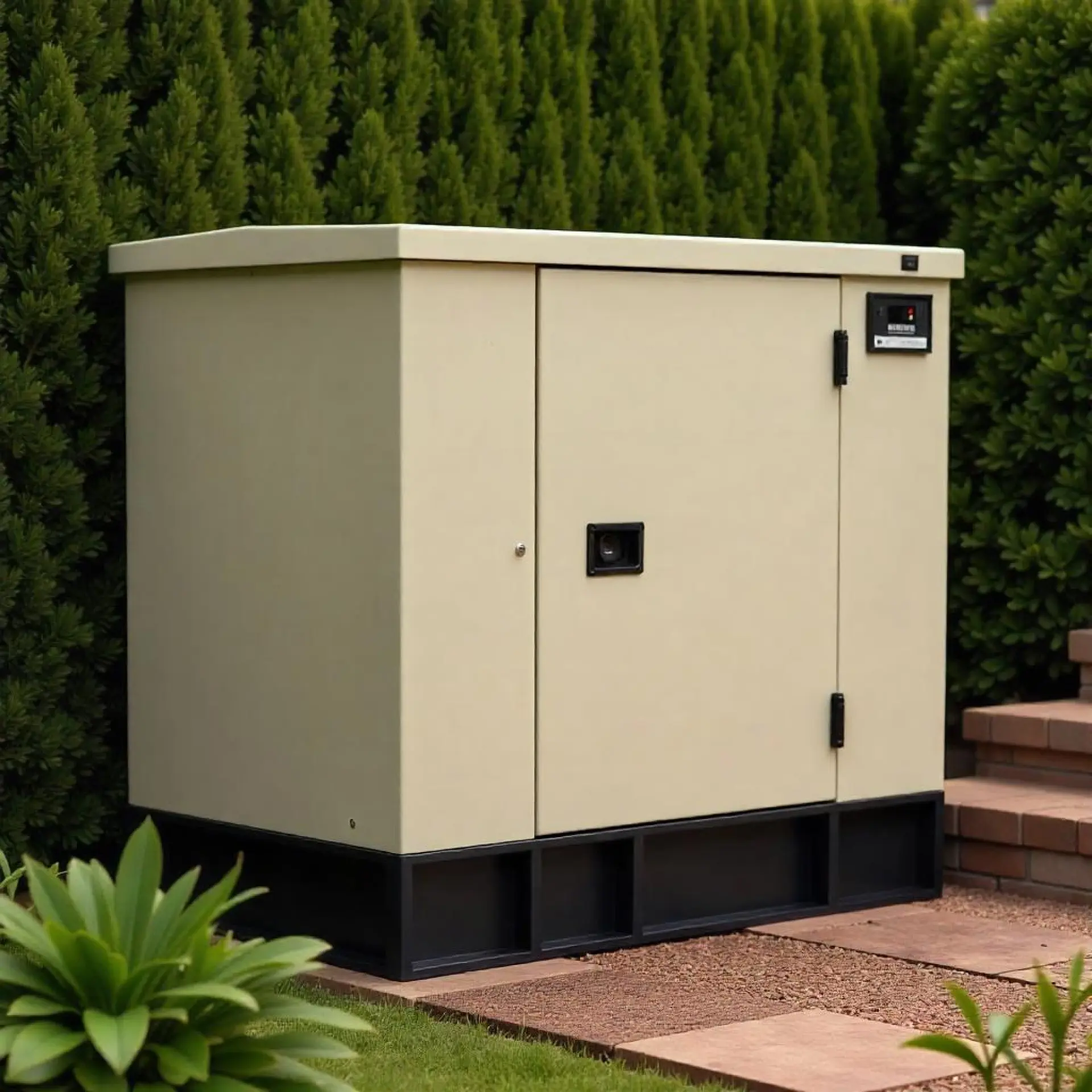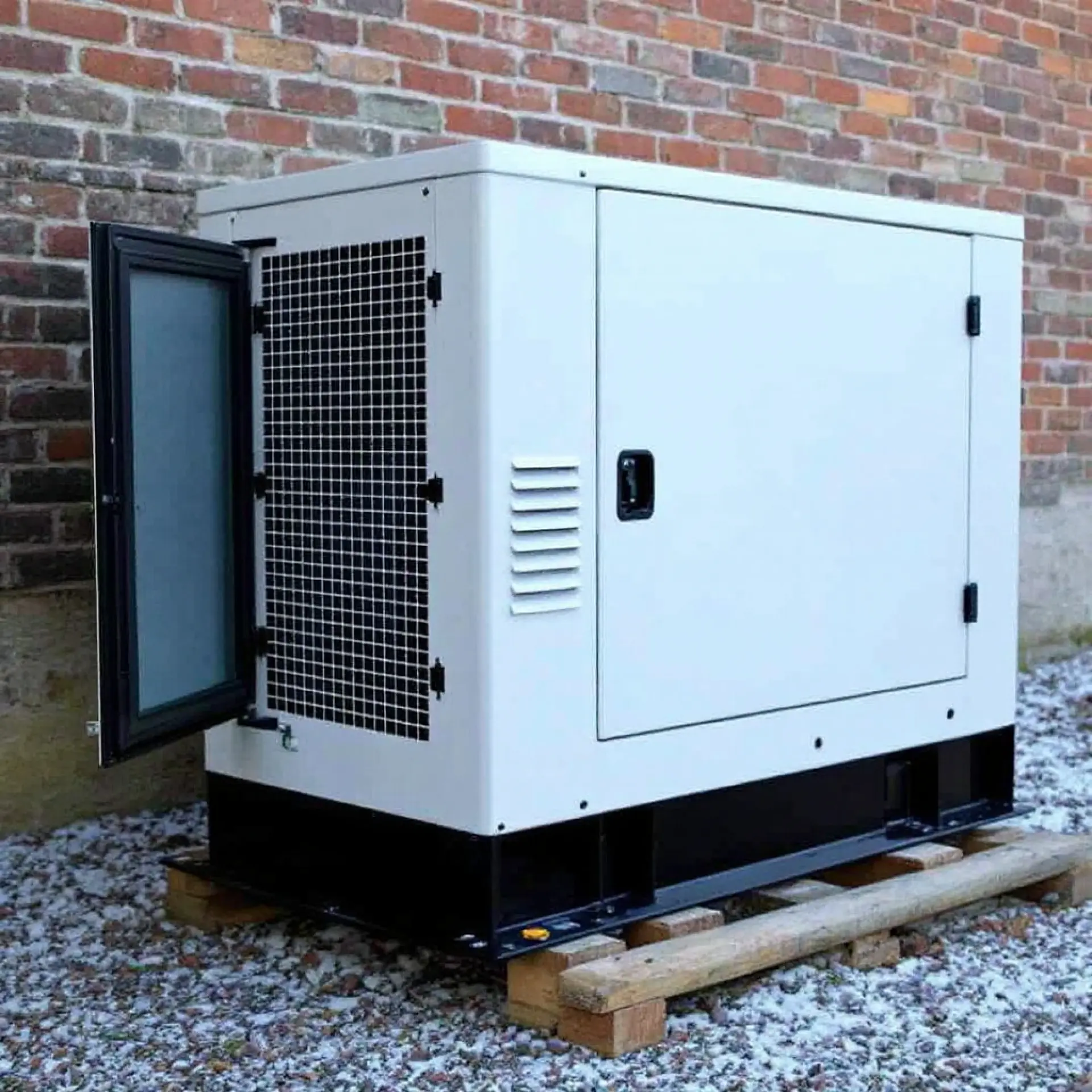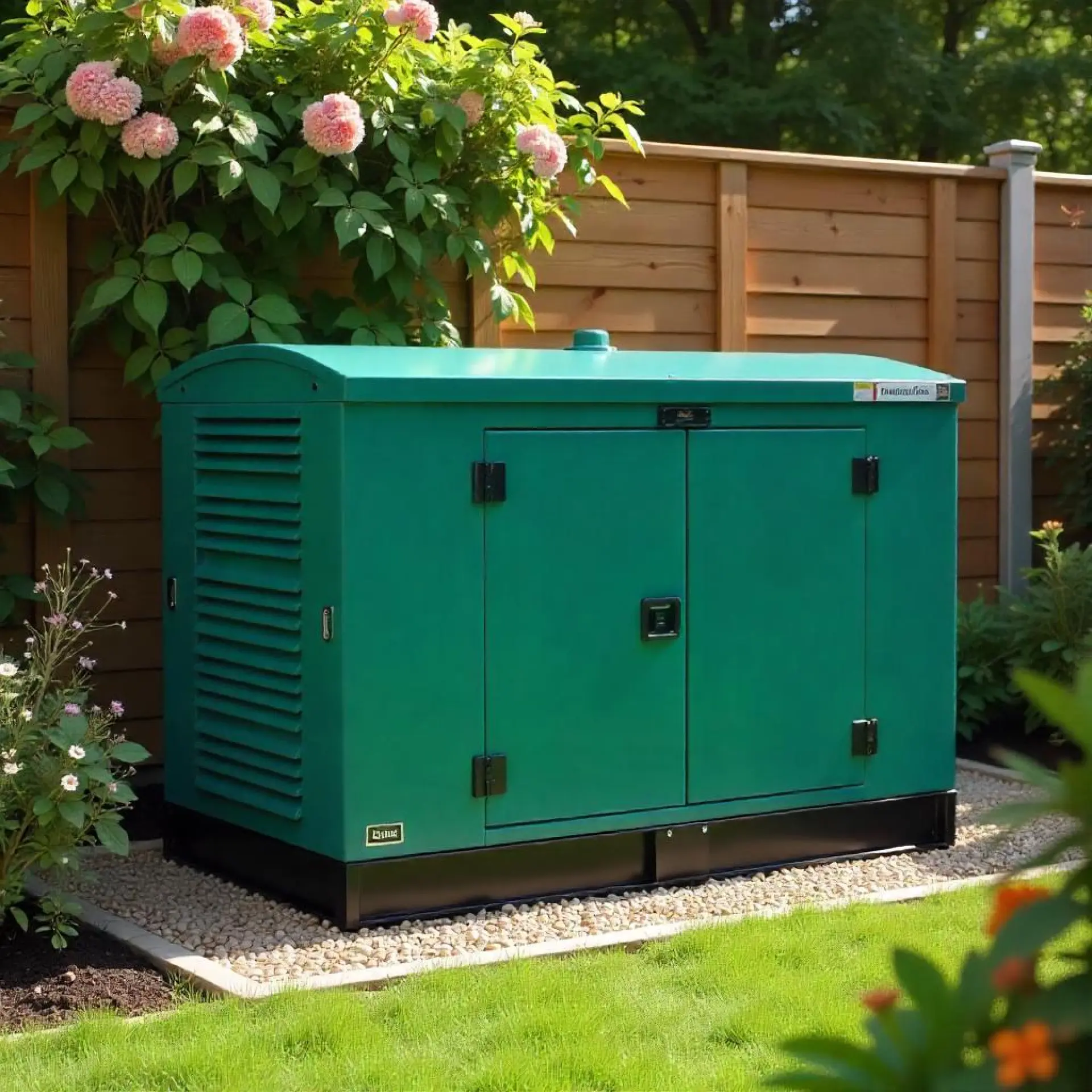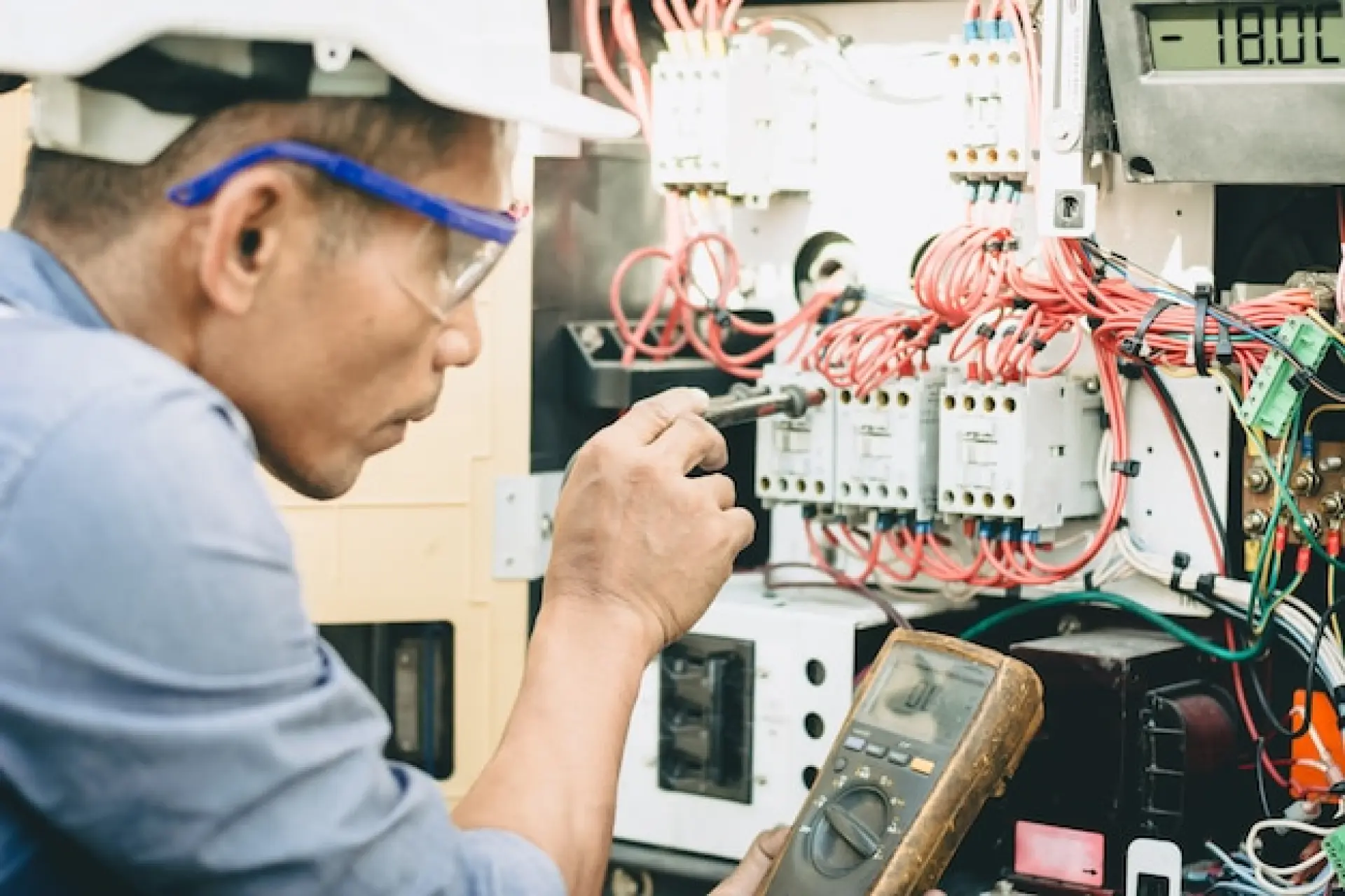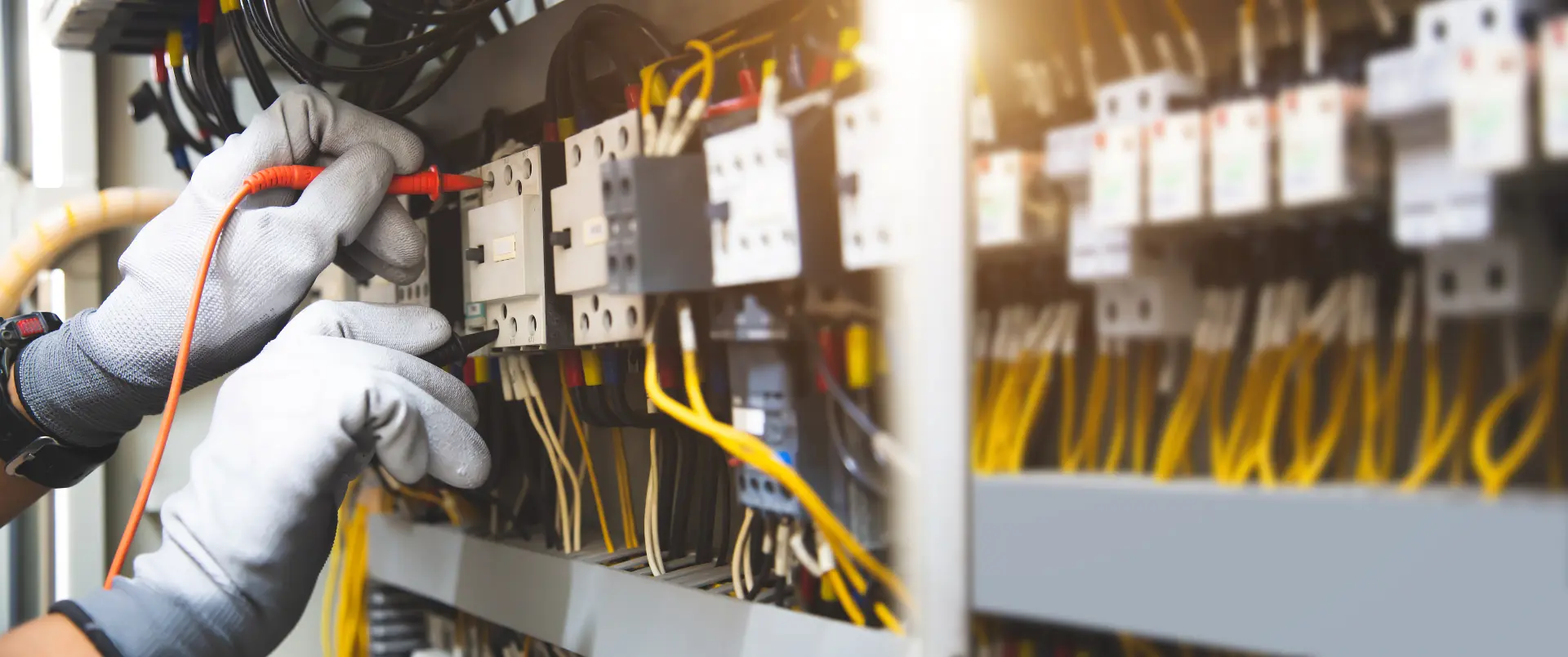Discover common mistakes to avoid when installing a back-up generator to ensure safe, efficient, and reliable power during outages. Essential tips for UK homeowners.
A back-up generator is an essential investment to ensure you have power during unexpected outages. However, installation mistakes can affect performance, safety, and reliability. Here are the key pitfalls to avoid.
Choosing the Wrong Size Generator
Choosing the correct size is one of the most important steps when installing a back-up generator. Many people assume a smaller generator will suffice, only to find it cannot handle the load. Others opt for a generator that is too powerful, leading to unnecessary fuel consumption and higher maintenance costs.
Before purchasing, list all the appliances and systems you want to keep running during a power cut. A professional installer can help calculate the total wattage needed, ensuring you choose a generator that meets your specific requirements without waste.
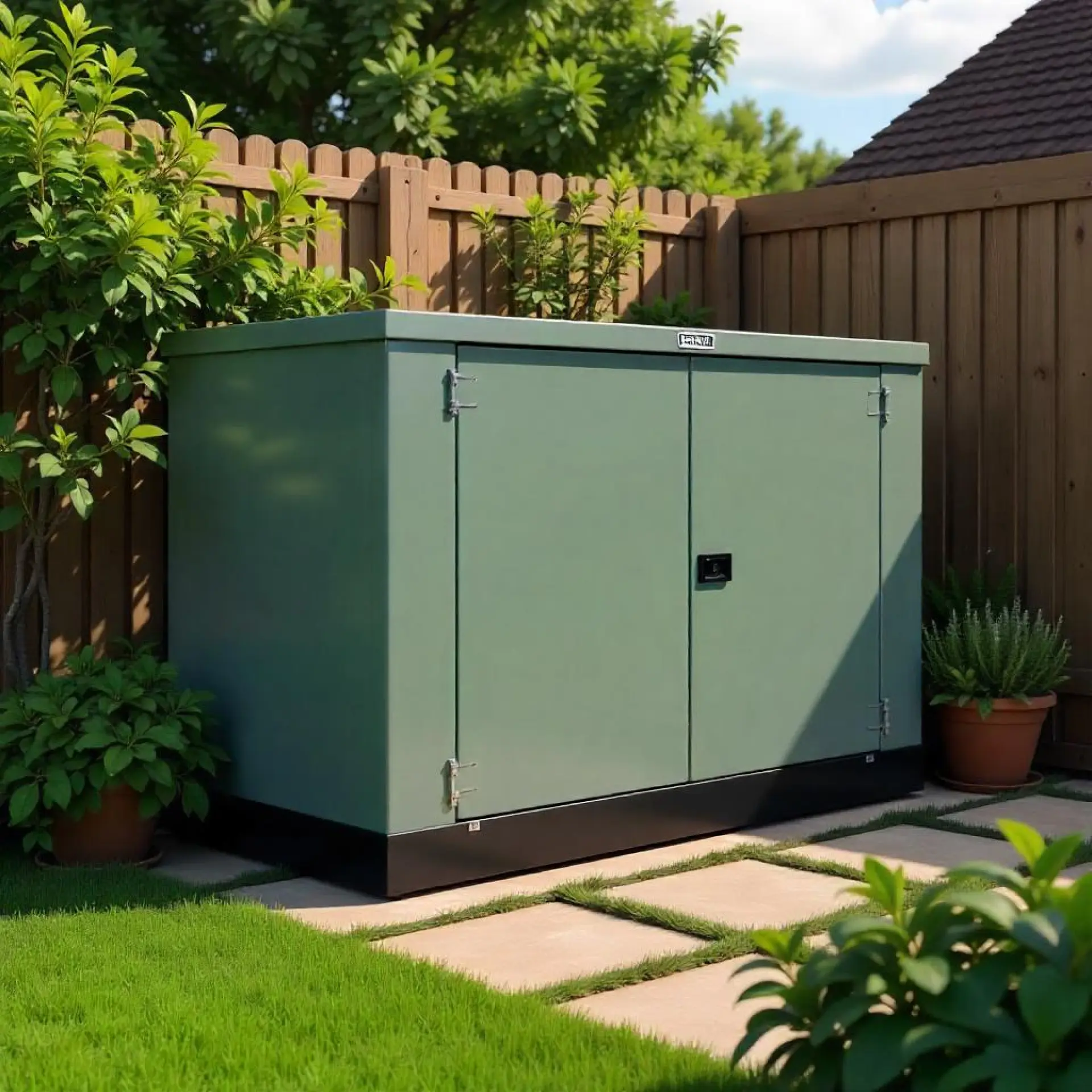
Poor Placement of the Generator
Where you place your generator is crucial for both performance and safety. Installing a generator too close to your home or near windows, doors, or vents can cause dangerous carbon monoxide build-up inside the building.
Generators should always be positioned outdoors, on a stable, level base, and in a well-ventilated area. If possible, choose a spot that is protected from extreme weather but still allows plenty of airflow. Good placement will also make it easier to refuel, check, and maintain the generator over time.
Ignoring Local Regulations and Permits
Before installing a generator, it is important to check local regulations and obtain any required permits. Skipping this step can result in legal problems, fines, or needing to reposition or remove your generator altogether.
Building codes, noise restrictions, and environmental regulations all vary depending on your location. Taking the time to check in advance will ensure your installation goes smoothly and avoids unnecessary complications later.
Skipping Professional Installation
Trying to install a generator yourself to save time or money can backfire badly. Professional installers understand the intricacies of connecting a generator safely to your home’s electrical system. They’ll ensure everything is up to standard, properly earthed, and that the correct type of fuel is used.
More importantly, they’ll check all safety measures, including the installation of a transfer switch if needed. A transfer switch is vital to prevent electricity from back-feeding into the grid, which could endanger utility workers. Trusting a professional ensures your generator will operate safely and reliably when the time comes.
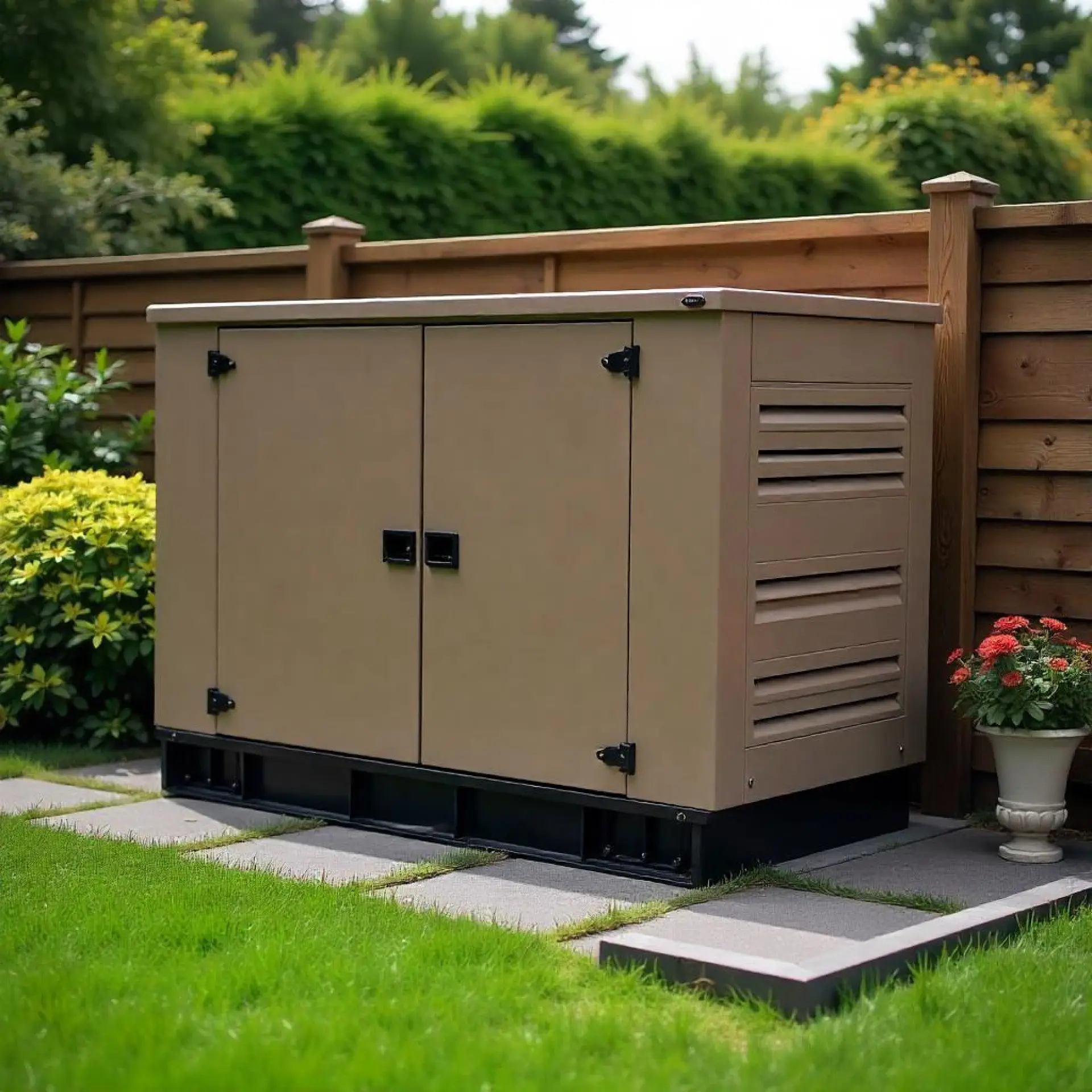
How to Ensure a Safe and Reliable Installation
Ensuring a safe and reliable back-up generator installation doesn’t end once the unit is in place. Regular maintenance is just as important to keep it working when you need it most.
You should check the generator periodically for signs of wear, leaks, or fuel issues. Test-run it every few months to ensure it starts easily and powers your essential appliances. Make sure you keep an adequate fuel supply on hand and store it safely in accordance with regulations.
Investing a little time now in regular checks and servicing will help your generator remain a reliable source of back-up power for years to come — and ensure your home or business stays safe during any outage.
Need a reliable back-up generator for your home? Redwood Electrical Services provides expert generator installation services across Woking, Guildford, Cobham and the surrounding areas. Our experienced team ensures your generator is installed correctly, safely, and ready to keep your power on during any outage.

